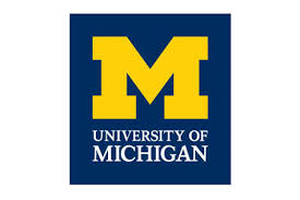
Discovery of a new group of bone cells could mean some children with facial deformities won’t have to wait until they grow up to have corrective surgery. The cartilage-making cells known as chondrocytes replicate themselves, make other bone cells, and drive bone growth.

"If we can find a way to make bones that continue to grow along with the child, maybe we would be able to put these pieces of growing bones back into children and make their faces look much better than they do," says Noriaki Ono. (Credit: iStockphoto)
Bones are smart—they know that by adolescence it’s time to stop growing longer and stronger, and from that point on they keep their shape by healing injuries.
The question of why bones grow longer and stronger in children, but stay static in adults—yet retain the ability to heal themselves, has long perplexed scientists in the bone regeneration field.
Researchers say the new findings, published online in the journal Nature Cell Biology, may have unearthed a big piece of this puzzle.
It’s long been thought that chondrocytes die when children reach adolescence and their bones stop growing. However, the fact that bone still heals itself even without chondrocytes has caused intense debate among researchers.
Transformed bones
The new study shows that some chondrocytes don’t die, but rather transform themselves into other types of bone-growing and bone-healing cells, says Noriaki Ono, assistant professor of dentistry at University of Michigan.
“Up until now, the cells that drive this bone growth have not been understood very well. As an orthodontist myself, I have special interest in this aspect, especially for finding a cure for severe bone deformities of the face in children.
“If we can find a way to make bones that continue to grow along with the child, maybe we would be able to put these pieces of growing bones back into children and make their faces look much better than they do.”
One of the challenges in the bone and cartilage field is that stem cells haven’t really been identified, Ono says. The only widely accepted idea is that certain stem cells help bones grow and heal, but that’s only discussed in the context of adults with bone disorders such as osteoporosis.
Many factors cause craniofacial deformities, and all are devastating to children. In children with Goldenhar syndrome, underdeveloped facial tissues can harm the developing jawbone. Another bone deformity called deformational plagiocephaly causes a child’s head to grow asymmetrically.
Other researchers from University of Michigan and from Harvard University and Kyoto University in Japan are coauthors of the study.
University of Michigan, Posted by Laura Bailey-Michigan on November 26, 2014
